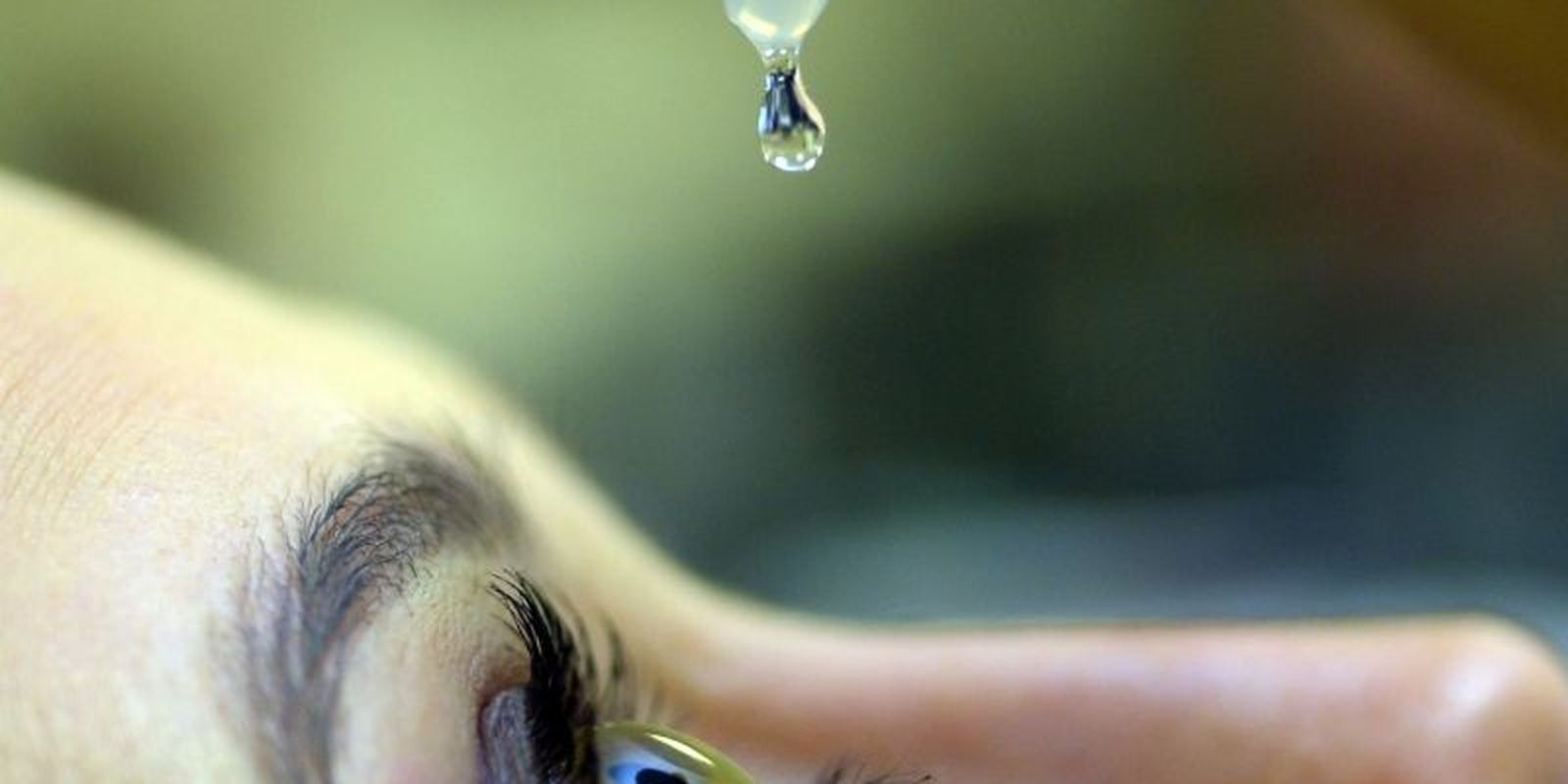Cosmetic procedures performed by unqualified professionals can cause eye complications, including eye and eyelid problems, according to the warning from the Brazilian Council of Ophthalmology (CBO).
Microfocused ultrasound sessions, CO2 laser, trichloroacetic acid (TCA) peeling and phenol peeling, according to the entity, are among the most common procedures that can cause burns, leading to damage to the cornea and retina and the appearance of cataracts and even glaucoma.
According to the council, there are reports, for example, of incorrect application of microfocused ultrasound that caused the patient to develop low vision, pain, sensitivity to light and increased intraocular pressure, leading to secondary glaucoma and, later, cataracts.
Warning signs
The CBO highlights that eye problems related to aesthetic treatments require urgent ophthalmological evaluation when symptoms such as pain in the eye region, photophobia (excessive sensitivity to light), photopsias (sensation of points of light in the field of vision) and conjunctival hyperemia (redness of the eyes) arise.
Care
Among the precautions listed by the entity to avoid eye problems during aesthetic procedures is being attended to by a professional adequately trained in the use of specific safety practices for the periorbital area, with an understanding of the anatomy of this region and the safety limits.
“To make this verification, the patient can check whether the professional who presents himself to perform the procedure has valid certifications and is licensed. It is also important to evaluate the experience and specific training to which he has undergone for the use of different technologies and approaches, as well as whether he belongs to medical societies recognized for their work in the aesthetic field.”
THE checklist security, in these cases, also includes:
– ensure that the equipment used in the procedures is properly configured and calibrated for the intended treatments;
– avoid applying substances that cause discomfort and harm the eye area;
– creating a treatment plan, seeking to personalize it to the patient’s eye health needs, which reduces the risk of complications;
– prior ophthalmological evaluation to identify pre-existing conditions, such as dry eye, glaucoma or infections that may be exacerbated by the procedure.
Invasive procedures
In the case of invasive cosmetic procedures, the so-called Medical Act Law (Law No. 12,842/13) states that only professionals with a medical degree can perform this type of service. According to the council, failure to comply with the legislation can expose the patient to risky situations – especially because, often, the unqualified professional does not know how to manage complications or does not even have a support network for this type of circumstance.
In emergency situations, such as the occurrence of low vision after the procedure, the recommendation is to refer the patient to an ophthalmologist for immediate evaluation. The specialist will be able to determine the extent of the damage and initiate appropriate treatment, which may include anti-inflammatory medications or even surgical procedures, if necessary.
Debate
The performance of aesthetic procedures by unqualified professionals is on the list of topics debated during the 68th edition of the Brazilian Congress of Ophthalmology, organized by the CBO and taking place between September 4th and 7th in Brasília.

















